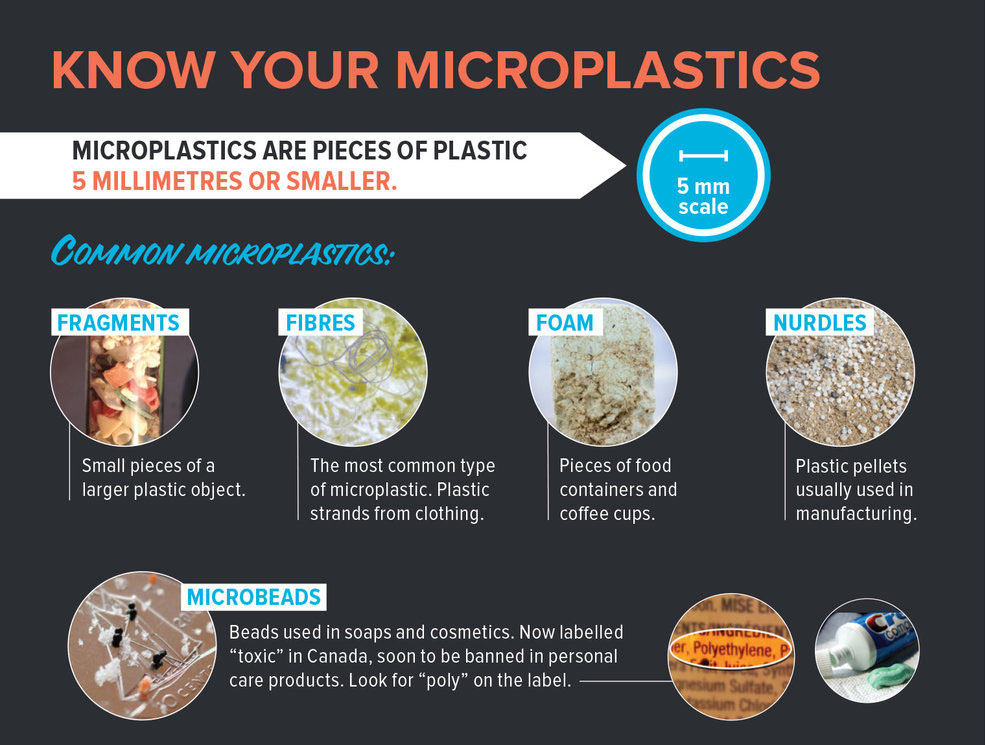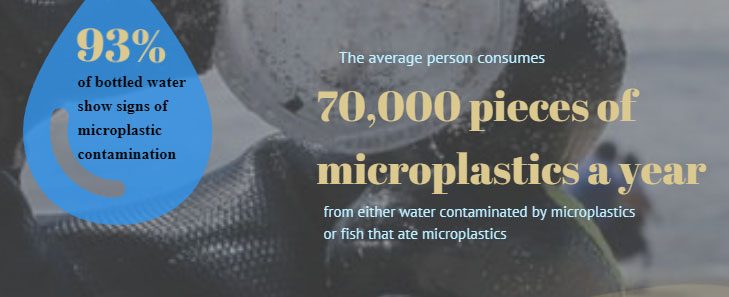Are Microplastics Causing The Demise Of Humans and Bloodletting Is The Solution?!


Recently my fiancé and I have been talking about having a child which is simultaneously frightening and invigorating. We always hear of people nowadays finding it difficult to have a child so I am very curious what our fertility is like and I also want to ensure my child is healthy. I’ve always interested in what it takes to be healthy and very curious as to what determines good longevity. I don’t want to just live as long as possible: I want my body to be capable well into my final years so I could enjoy a high quality of life all throughout it.
When I listened to Dr. Shanna Swan on the Joe Rogan podcast, it really opened my eyes to how ubiquitous plastics are and the hormonal consequences of them. She has a book aptly named, “Count Down: How Our Modern World Is Threatening Sperm Counts, Altering Male and Female Reproductive Development, and Imperiling the Future of the Human Race.”
Her extensive research proved that the more exposure a pregnant mother has to phthalates (plastics), the greater the reproductive-toxicity on the child! (This isn’t new news either, it’s been known since 2005 and here’s all the science related to this topic!)
How do we know plastics affect our reproductive health?
A biomarker called the “anogenital distance” (AGD) is the distance between the anus and the genitals (the “taint”) and the shorter it is, the greater the infertility and reproductive issues. Multiple human studies have demonstrated that when males are exposed to environmental estrogen-mimicking-hormones (such as plastics!), the shorter their AGD which is associated with cryptorchidism (absence of one testes), hypospadias (urethra location being abnormal), reduced sperm count and infertility.
Plastics are xenoestrogens which act as estrogen-hormone-mimickers and she attributes plastics as one of the main reasons our testosterone and sperm count is collectively dropping by 1% a year on average ever since the 1950’s in lock-step with the rise of the petrochemical industry (plastics are a byproduct of oil). The other factor is Mosanto’s glyphosate-based “Roundup” which is the most abundantly used pesticide in agriculture and is also a xenoestrogen.
The only good news is, if you’re exposed to these chemicals as an adult, you can reverse the effects by reducing your exposure. The bad news is, if you’re exposed to these things prenatally (while in the womb), then the effects are permanent if you’re born with a shorter AGD than normal or morphed reproductive organs.

We eat, drink and breathe a significant amount of plastic every week.
Think about how much exposure you have to plastic: You bag your groceries in plastic bags, your meat is wrapped in it, food containers are plastic, disposable water bottles are contaminated with plastic. Your drinking water is loaded with nanoplastics/microplastics. Even the clothes we wear are made with plastic (polyester, nylon, rayon, spandex, etc) which get into the ecosystem during laundry. Microplastics are even in the air as they’re found in extremely remote areas due to transportation by air.
- A 2019 analysis revealed that we accumulate about 5 grams of plastic every week (about the same amount as a credit card).
- A 2017 analysis revealed that 83% of tap water samples collected from over a dozen countries on five continents are contaminated with plastic (and plastic water bottles fare even worse).
- You get the point. We eat, drink, and breathe plastic.

The first step is to reduce the amount of microplastics in my water.
This got me really afraid of my own fertility and the potential health of my future child. So naturally the first step to reduce my exposure to microplastics is by drinking water that is free of plastic. I found out the pitcher water filter I had been using doesn’t do jack shit to eliminate any microplastics (or anything, really). The basic certification of most filters are NSF-42 which means it is certified to improve “aesthetic effects” (chlorine, looks, smells, taste) which doesn’t remove any potentially nasty chemicals.
After a lot of reading trying to compare the best water filtration systems, I decided on installing a dedicated drinking water faucet in my kitchen with the Aquasana AQ-5200. It has several legit NSF certifications and most importantly includes NSF-473 which includes “emerging compounds” such as microplastics that act as a “catch all” for tons of chemicals. (By the way, many filters say they are NSF certified but they are not. You need to cross check it with the NSF website to see if the company is listed there. I was shocked many weren’t even though they were claiming to be.)
I called my landlord to see if it’s okay to drill a hole in my countertop for the water faucet, he said “Yes, just do a clean job.” So after it arrived, I got my drill and installed it like a boss.
The difference of the water quality is day and night. I can’t believe I went through all those years drinking subpar water that’s laden with plastic. And new studies are finding that we are accumulating these plastics everywhere, including in our blood and lungs. (And don’t think wearing a mask will help prevent it from getting in your lungs. Those blue disposable masks are made of plastic. If you want real protection, get a N95 or better mask.)
Good news! Regular blood or plasma donations removes the plastics known as “Forever Chemicals” from the bloodstream!
PFAS (short for perfluoroalkyl and polyfluoroalkyl substances) are plastics commonly called “forever chemicals” and they are the most scary because they accumulate inside us and take forever to degrade (their half-life is often 5+ years long) .

The good news is that an awesome clinical trial just came out a couple months ago revealing that donating blood regularly cleanses the blood of PFAS. This is the first time we’ve figured out how to get rid of these plastic chemicals that accumulate in our bodies. They compared groups that donated blood every 12 weeks and plasma every 6 weeks and found that both groups had a massive reduction of the presence of these chemicals in their blood after a year (~50% reduction of PFAS in blood donors and ~75% in plasma) compared to the control group who didn’t donate at all.
Why’s this work? These chemicals permanently bind to the proteins in the serum part of your blood (the “water” portion) and getting rid of the plasma forces the body to create new ones that aren’t as “tainted.”
As a result, I have started donating my plasma. Donating plasma takes far longer (about an hour and a half) but the cool thing is they pay you around $50-100 per donation at the local centers that use it for medical research. I’m also going to be donating my blood every chance I get locally.
The most epic thing is that people who donate blood unequivocally live longer. This study found that “even after adjusting for the internal healthy donor effect, each additional annual donation was associated with a 7.5% decreased mortality risk.” (The healthy donor effect means people who donate tend to be healthier, so even adjusting for that still shows a huge increase in life expectancy.)
So what can you do?
- Avoid drinking from disposable plastic water bottles, even if they’re BPA-free.
- Get a water filtration system that has a NSF 473 certification such as the Aquasana AQ-5200 (or AQ-5300 if you are a large family that needs faster flow.)
- Replace any reusable plastic water bottles you have with something that’s lined with stainless steel or glass such as this Purist Bottle. It’s expensive but worth it considering you’d use it for years.
- Replace plastic food containers with glass.
- Never microwave food that’s stored in plastic.
- Donate blood or plasma every month or two.
- Replace your mattress with one that isn’t emitting toxic chemicals.
In conclusion…
If all this is true and our exposure to plastics and pesticides and other toxic chemicals causes our fertility rate to drop every year, it really means that there will come a time where birth-rates will be lower than the death rate and we will be in quite the predicament.
But then again there is something called the extrapolation/recency bias where we assume that things will continue to trend the way they have, but in reality it’s never that simple. Let’s hope for our future generations sake things are not as bad as they seem.
The reality is that these modern conveniences have opened a pandoras box and once opened, we cannot close it. In the meantime, individuals like you and me can start making the above changes immediately at least for our personal selves and I hope this was enlightening and educational with just enough of a dash of frightening to help you make the changes you need as well for your health.
What do YOU think of all this? Are plastics the equivalent of what happened to the Roman’s with lead? Essential to everyday life but detrimental to the longevity and health of our bodies? Let me know what you think and if there’s any other solutions!






